The rise and rise of studio pottery
Hans Coper and the Martin Brothers have featured prominently in Dawsons' recent sales
How has studio come to take over from the land of mass-produced pieces?
31/07/2021
Studio pottery is everywhere we turn. Even restaurants and cafes in the city are commissioning potters to create ceramics that bring uniqueness to their dishes. Ceramics are being showcased as design features in top publications and boutique shops. At a pace, quicker than ever, people are rejecting factory-produced homeware to rediscover the charm of hand-crafted pottery. A growing number of creatives are even skipping their day jobs to pursue their creative passions. However, this trend isn't new, it's been going on for a few years, and there's seems to be no sign of it stopping!
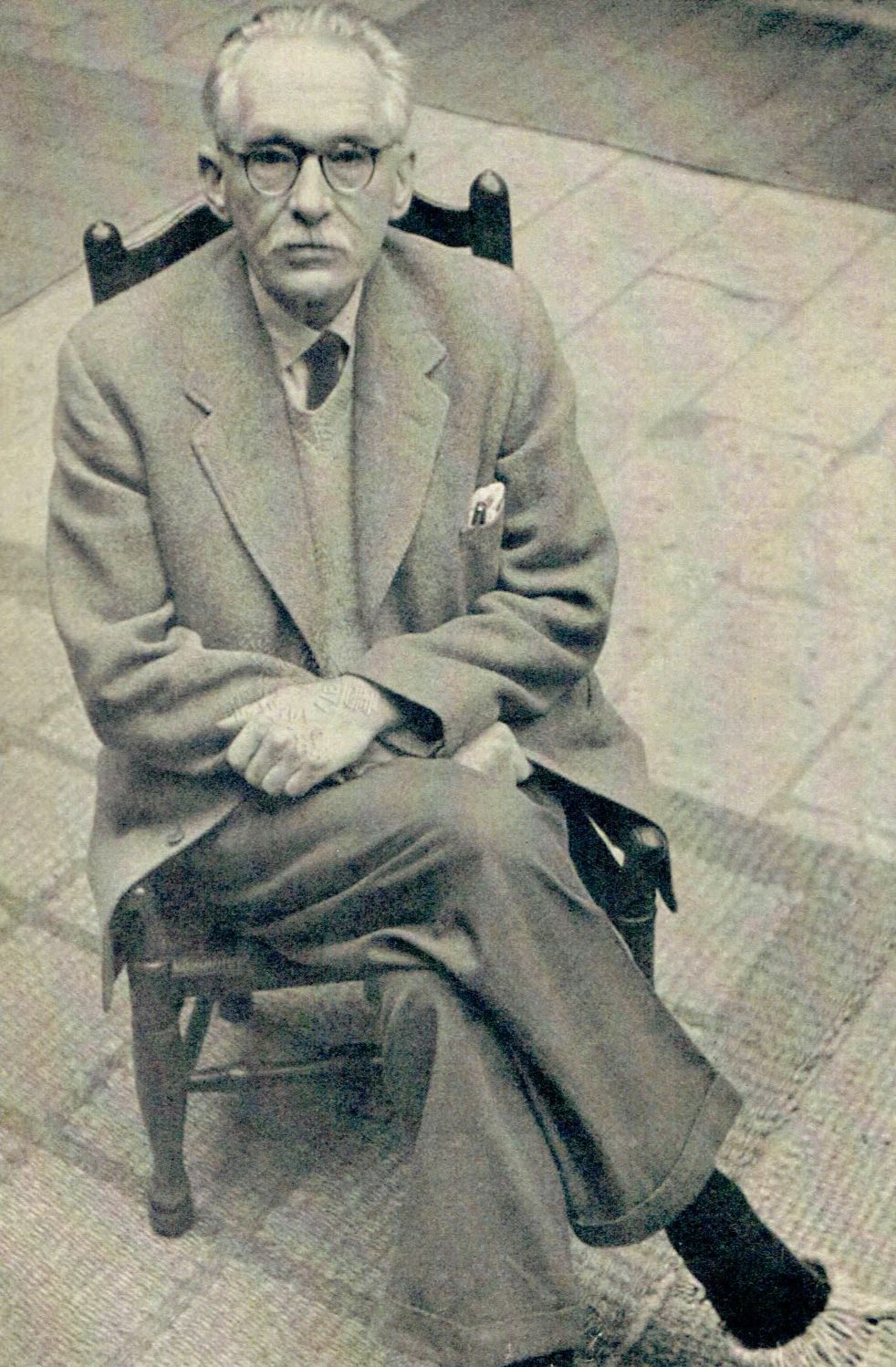
That begs the question, where did studio pottery come from, and when was it first produced? Legend has it that the studio pottery movement in Britain was first founded by Bernard Leach (above), born in Hong Kong in 1887. He first discovered his calling as a potter during a lengthy second residence in the far East, from 1908 to 1920. In truth, the seeds of studio pottery had already been sown before then in the 1870s by the designer Christopher Dresser. He had already visited Japan and brought back ceramics on his return. In 1910, the Burlington Fine Arts Club exhibited early Chinese ceramics and porcelain. It introduced many to what one early advocate described as 'the chaste richness of Tang and Sung and Ming'.
Many may spring to mind when you think of famous potters, and Hans Coper is no exception. Hans Coper was a leader in studio pottery, making unique ceramic wares created by singular artist-potters in small batches. With his friend and mentor, Lucie Rie (1902 - 1995), he was essential in transforming British ceramics' landscape, adopting an increasingly sculptural style.
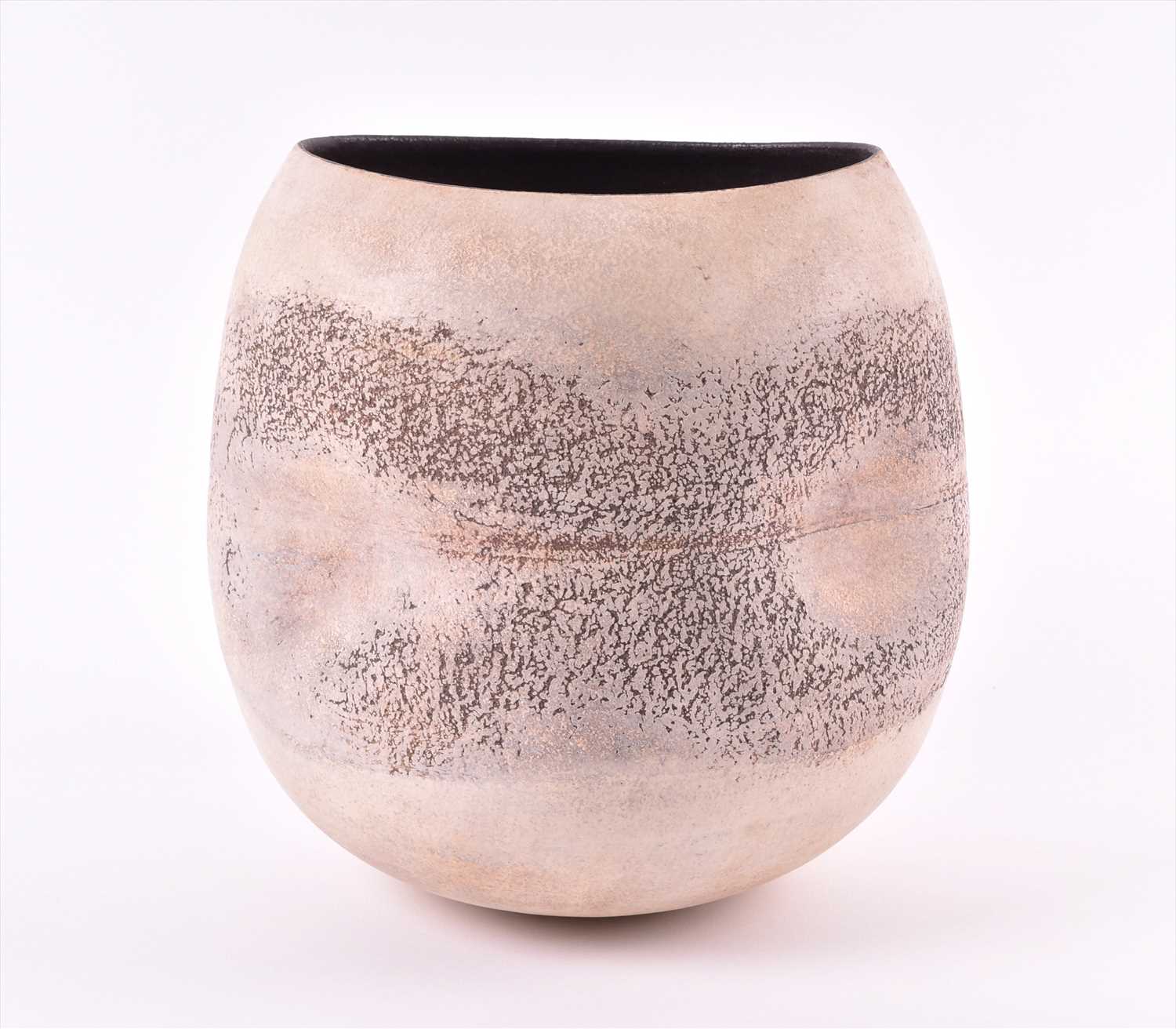
Hans Coper stoneware vase. Sold £10,000
The four Martin brothers are also extremely well-known potters; Wallace, Walter, Edwin and Charles, were pioneers in the production of studio pottery. They became famous for their eccentric, grotesquely modeled ‘Wally Birds’, wheel-thrown and sculpted face jugs, vases and other items reminiscent of art and architecture of the Middle Ages. Some beautifully formed and expertly decorated and some eccentric. They produced a distinctive type of stoneware and specialized in salt-glazed stoneware, a strong, non-porous pottery with a distinctive 'orange-peel' texture.
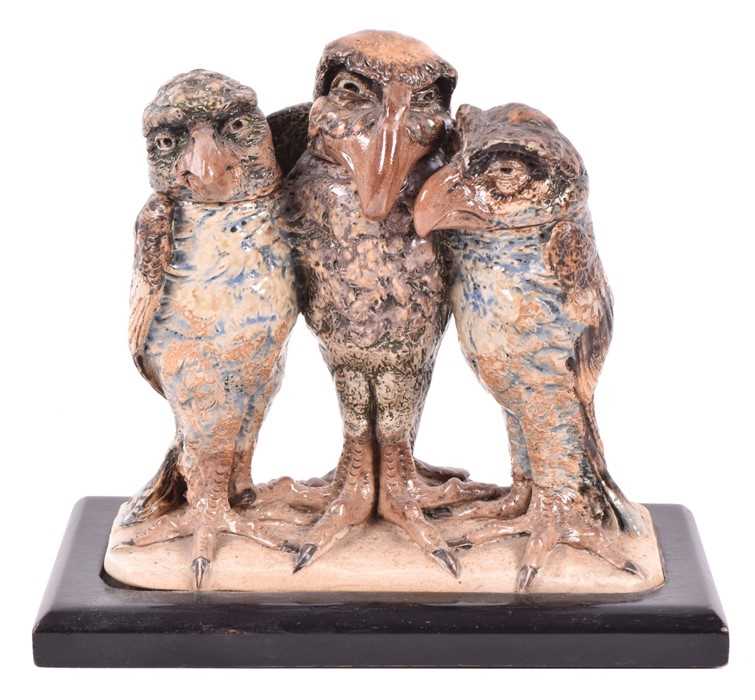
Martin Brothers early 20th Century Triple Bird Group. Sold £32,000
Many have grown tired of buying mass-produced goods that don’t hold any uniqueness or meaningful value. There is little personal connection to be made with a mass-produced item, so they can be thrown out and handled carelessly, to be thrown out landing in the bin with another quick trend of the month.

Late 19th century Martin Brothers vase. Sold £4,600
In stark contrast to this, the true perfection of a handmade pot comes from the impossibility of creating another put just like it. Each object has its marks from the making process, and when its artist creates a piece, they will inevitably leave a tiny part of themselves in that object. Studio pottery has re-emerged with a new and vital role to play in our society. It enriches everyday objects with purpose and beauty.
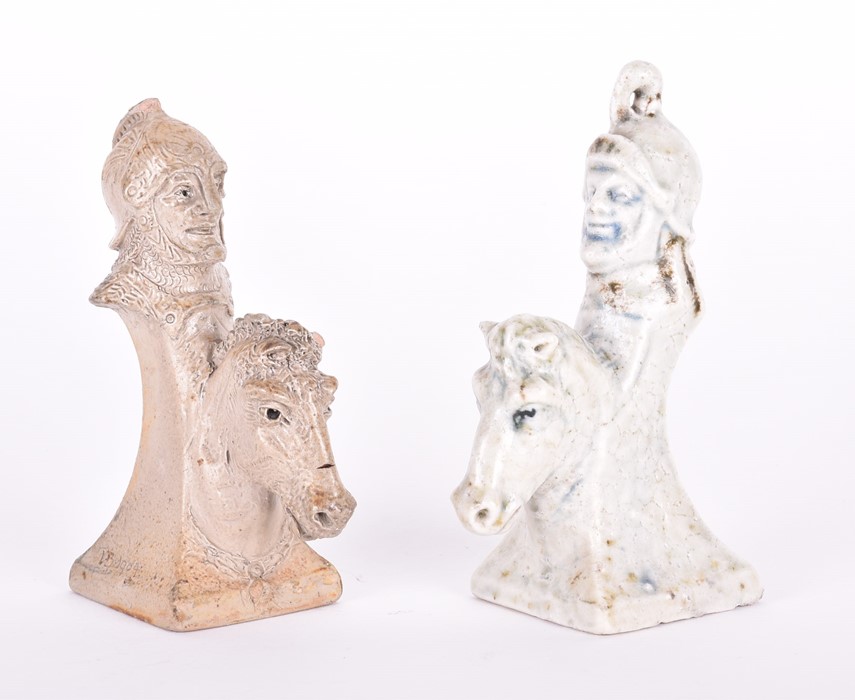
Early 20th century Martin Brothers chess pieces. Sold £5,500
Read More...
The history of Martin Brothers pottery
What does the term studio pottery mean?
Martin Brothers sale highlights
Large collection of Martin Ware for sale in September
Do you have any pottery that you feel may have a value?
The team of experts at Dawsons are always happy to provide a free verbal appraisal and auction valuation; regularly consigning an array of wonderful items to our monthly Fine Art & Antiques sale. We can also provide insurance valuations, where required.
Please do get in touch, should you any Jewellery, Watches, Silver, Fine Art or Antiques that you are keen to have valued.
We would love to hear from you.
0207 431 9445 / info@DawsonsAuctions.co.uk
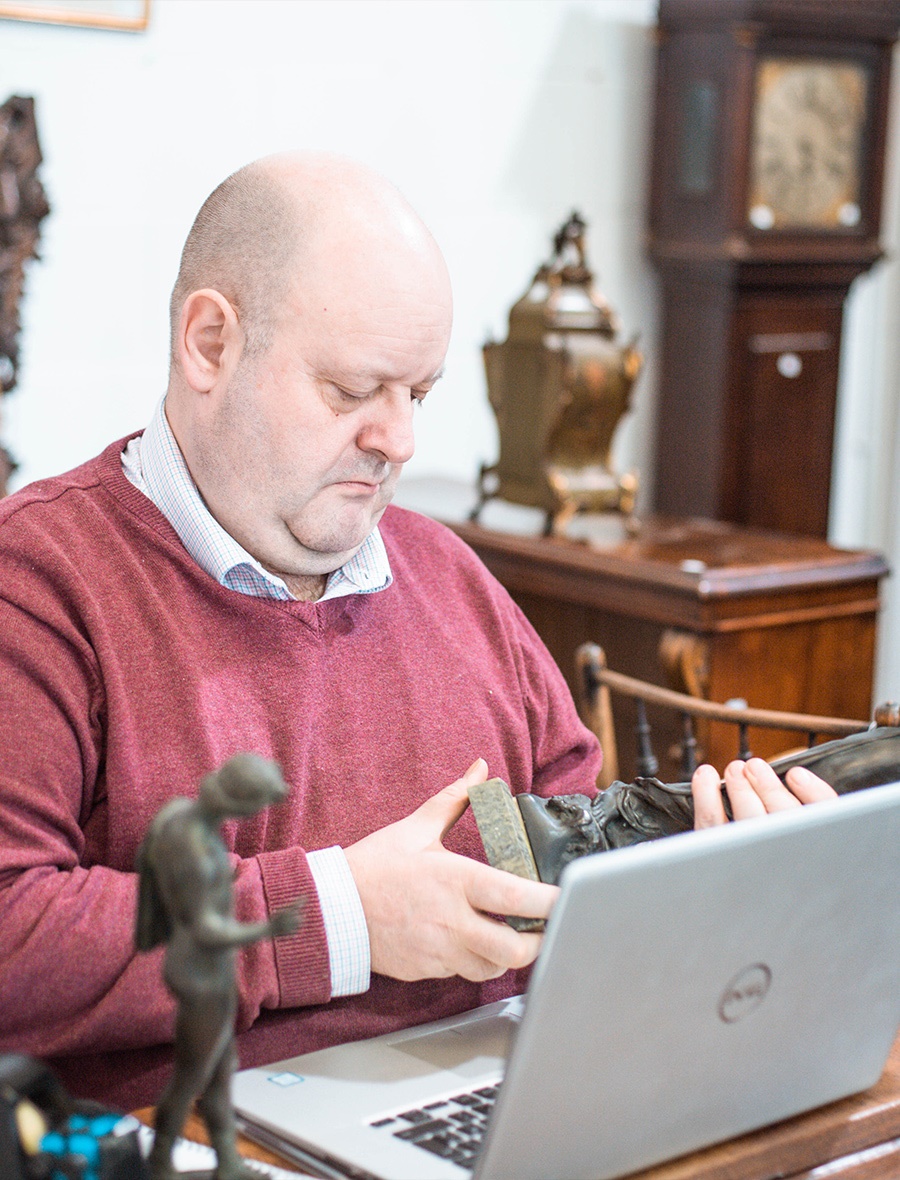
James Lees
Whilst James has a leaning towards furniture, he has huge experience as a General Valuer (across all our Departments) and will provide superb advice for any Dawsons customer who may have items of value to sell, or indeed, who may be looking to buy items at auction.
Ceramics & Glass Carpets & Textiles Musical Instruments